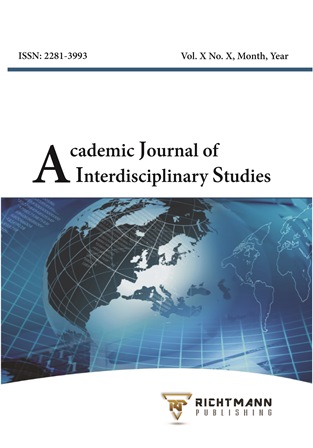Geographical Information System (GIS)-Based Landslide Susceptibility Mapping in Malaysia: A Review of Past, Current and Future Trends
DOI:
https://doi.org/10.36941/ajis-2023-0069Keywords:
Landslide susceptibility mapping, GIS, Malaysia, landslide hazard, landslide risk, landslide modelsAbstract
Landslides are very serious natural disasters that cause much damage and threaten human lives. Landslide susceptibility mapping studies are very common in landslide assessments. Geographic information systems (GISs) have been widely used in many fields, especially in landslide studies. This paper provides a review of GIS-based landslide susceptibility mapping in Malaysia from 2000 to 2022 and analyses the number of publications, study areas involved, parameters and models applied in this field over the past 22 years. The number of publications based on the topic shows an increasing trend, with an average of 2 articles published every year. This paper focused on Malaysia’s territory only. The study areas involved in landslide susceptibility studies are Penang, Perak, Selangor, Sabah, Sarawak, Pahang, Kelantan and Kuala Lumpur. Pahang is the study area of the most articles (10), followed by Penang (8). Moreover, 21 parameters were identified, and the slope was the most used parameter (33 articles). Twenty-five models were used, and logistic regression was the most used model, followed by the frequency ratio, ANN and weighted overlay methods.
Received: 24 January 2023 / Accepted: 22 April 2023 / Published: 5 May 2023
Downloads
Downloads
Published
Issue
Section
License

This work is licensed under a Creative Commons Attribution-NonCommercial 4.0 International License.
This work is licensed under a Creative Commons Attribution-NonCommercial 4.0 International License.








